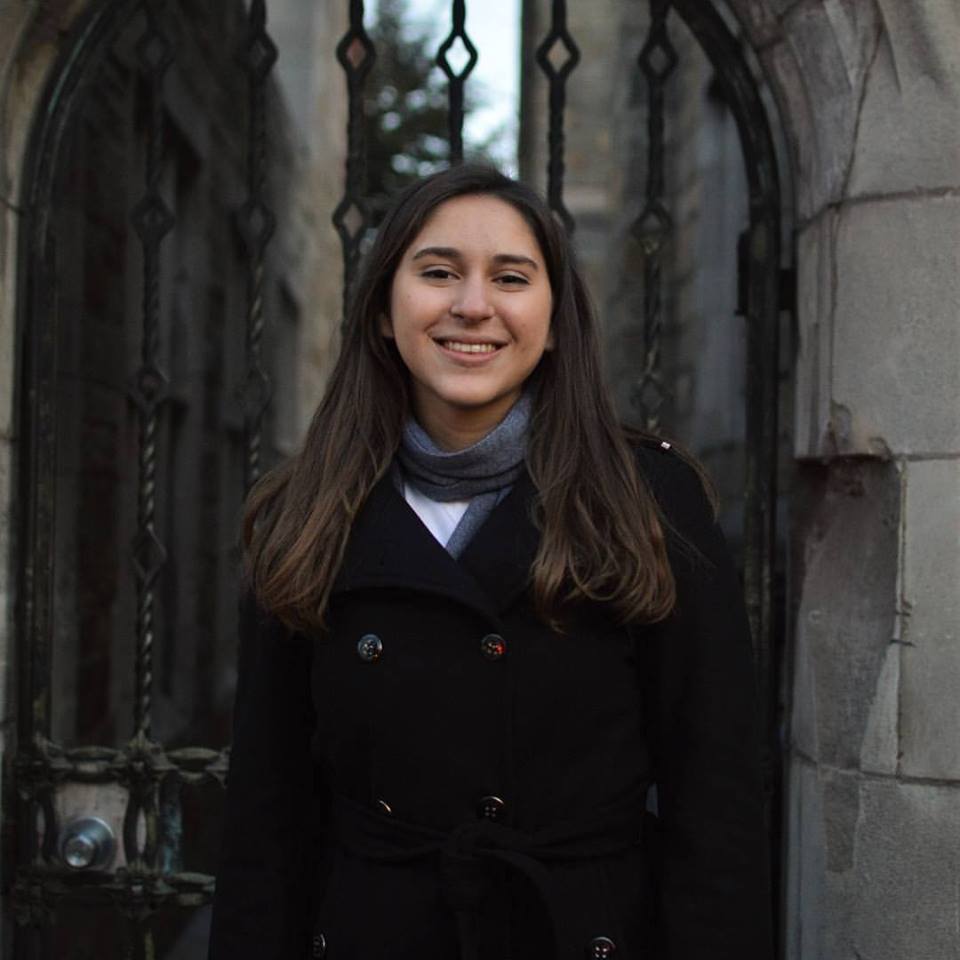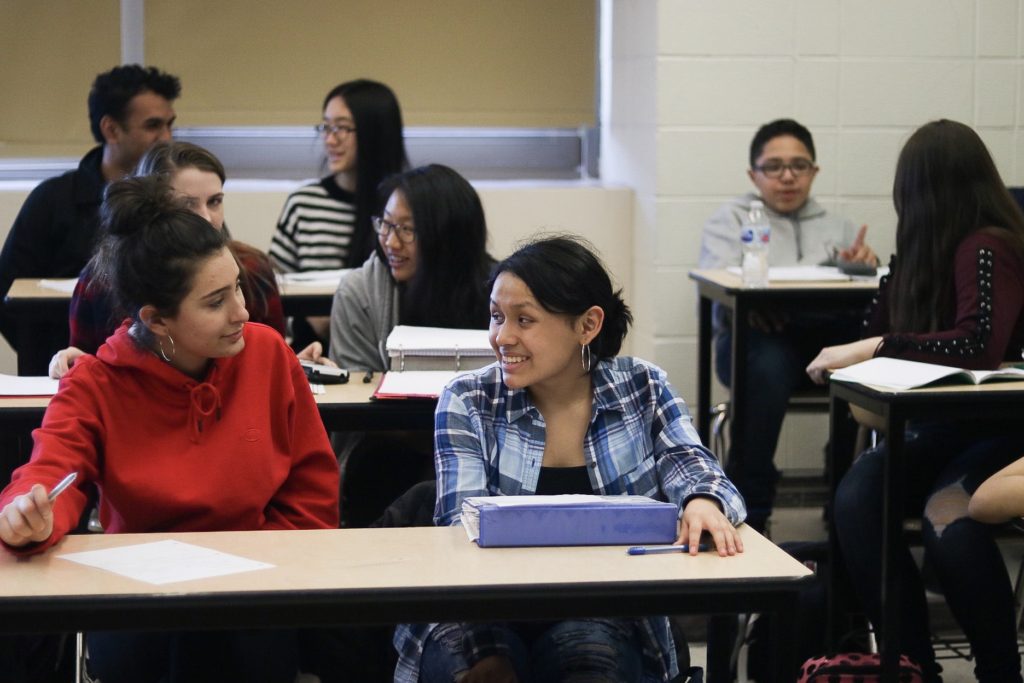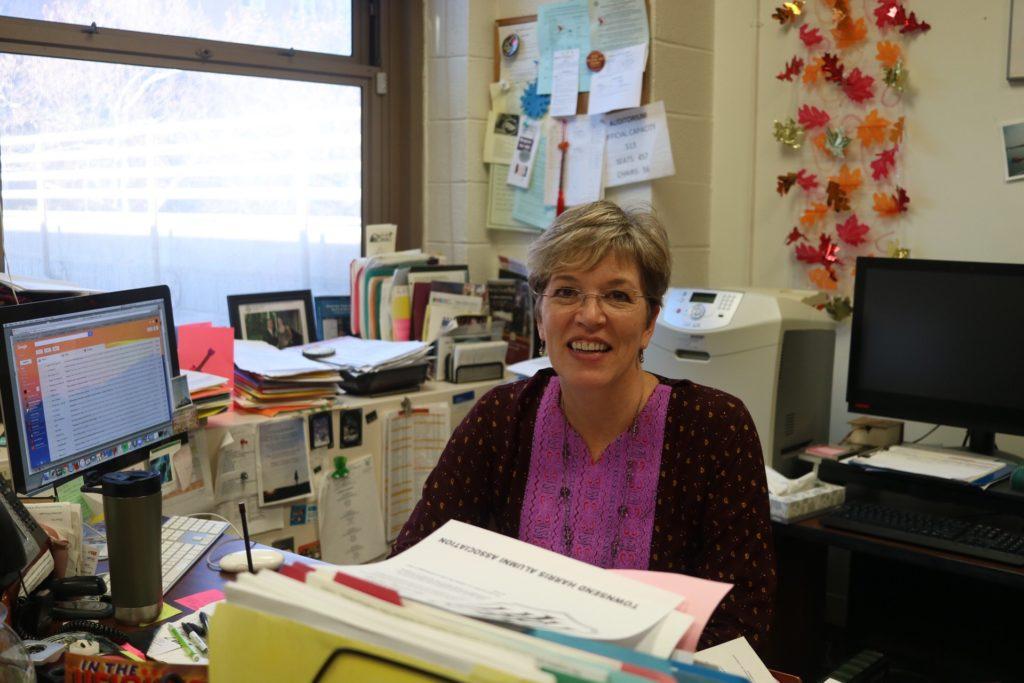
By Ryla Pasaoa, staff writer
When she’s not cramming for tests or stressing about college applications, senior Leah Musheyev has her nose buried in science journal articles to gather background information for her next experiment. Whether initiating her own experiment or doing so under the instruction of a teacher, Leah strives to further her scientific knowledge in order to have a deeper understanding of reality and to share her findings with others.
Leah’s interest in science began early on in her childhood. At Townsend Harris High School, Leah found opportunities to satisfy her scientific curiosities. In her sophomore year, she took Science Research as her elective and joined the school’s Science Olympiad team on the, where she allowed her interest in STEM (science, technology, engineering, and mathematics) to blossom into one of her driving passions. “I was actually really hesitant to even try out for the team because I thought that I wouldn’t make it,” she commented. However, Leah surpassed her own expectations and ascended in the ranks, and she is now the Resource Liaison on the team’s executive board, where she organizes the study materials for the team and assists people in researching topics should they need help.
Over the summer, Leah was able to showcase her talents in scientific research by conducting her own study at the Weill Cornell Medical Center in Manhattan, which is an Ivy League medical school affiliated with New York Presbyterian Hospital. Her research focused on how iron-metabolism affects Interleukin-6 (IL-16), a cytokine that promotes inflammation in response to infection and injury. It induces hepcidin, a hormone that promotes accumulation of iron inside the cell, so in times of infection, iron necessary for a pathogen’s survival would not be available. The relationship between IL-6 and iron is also evident in the high rates of iron deficiency (ID). Under the guidance of her mentor, she measured the levels of IL-6 in macrophage murine cells after being exposed to lipopolysaccharides, which are found on the outer surfaces of certain bacteria, and then treated with Deferiprone (DFP), an iron chelator, and FAC, a common iron compound.
“I concluded that the iron chelator, deferiprone, minimized IL-6 [levels],” she stated. Leah also discussed the significance of her study saying, “[The results] showed DFP lowered IL-6 experimentally, investigating this relationship further may lead to a novel therapeutic approach for IL-6 associated diseases, such as rheumatoid arthritis, sepsis, neuropathy, and others…”
Leah hopes to conduct more research, particularly in microbiology and biophysics, in the near future and possibly as a career. “I hope that my findings will eventually lead to a better quality of life for many [people].”

































